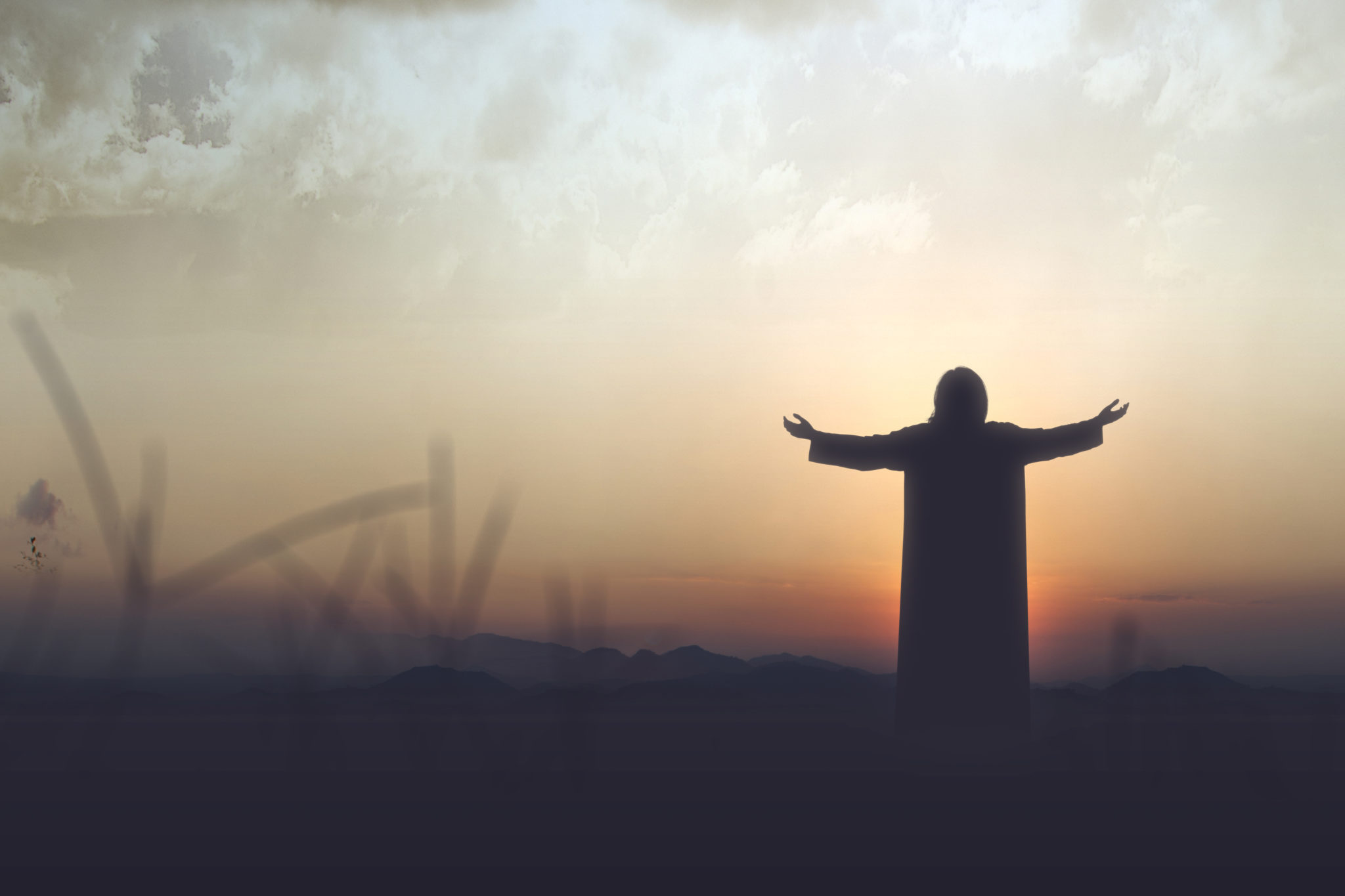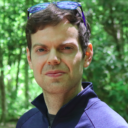Mythical Hero or Risen Lord: Who Is Jesus to Jordan Peterson?
Beginning around 2016, Canadian clinical psychologist Jordan Peterson became famous through YouTube and his book 12 Rules For Life: An Antidote to Chaos, which admonishes people to take responsibility for their own future and make the world around them a better place. More recently, Peterson published Beyond Order: 12 More Rules for Life. The purpose of this article is to provide a clear understanding of what Peterson teaches in his writings and how he, by his own testimony, arrived at those beliefs. More specifically, I want to help Christians know how Peterson understands Scripture and, ultimately, the role Jesus plays in his view of life.
Given that Peterson never claims to be Christian in any of his writings, this article is not meant to question his integrity or sincerity in any way. While I disagree with Peterson’s views on fundamental reality, I also believe that his emphasis on the importance of freedom of speech for a just society and his willingness to foster civil conversations on contentious issues in the public square are much needed.
How Peterson Left Christianity and Found Jung
In an earlier book, Maps of Meaning,1 Peterson describes being catechized at church when he was young. Peterson had questions, but the person leading catechism had no decent answers and appeared not to have even considered his questions. As a result, Peterson rejected Christianity as scientifically and rationally untenable wishful thinking, believing it was at odds with Darwinian theory. His family was agnostic and no one in his community seemed to care that he left the faith.
In college, Peterson went through a period of soul-searching in which he recognized his own capacity for violence and began to have terrible dreams. He came home drunk one night after a party and painted a sacrilegious picture. This experience disturbed Peterson. He could not make sense of the darkness inside himself.2
Then he began to read Carl Jung, founder of analytical psychology, and felt he had finally found someone who offered a possible explanation for his dark dreams. This quote from Jung particularly struck Peterson: “It must be admitted that the archetypal contents of the collective unconscious can often assume grotesque and horrible forms in dreams and fantasies, so that even the most hard-boiled rationalist is not immune from shattering nightmares and haunting fears.”3 That’s a fancy way of saying that our thoughts and dreams are impacted by the collective experiences of our ancestors whose genes we share and whose stories we tell.
What Peterson Learned from Jung: Order and Chaos
While Peterson felt that Jung’s theory of archetypes was oversimplified and, in certain aspects, untenable, he resonated deeply with its underlying assumptions. That is, mythology and religion are invaluable resources for understanding the human psyche and universal archetypes can help us understand how the human mind has evolved to mediate order and chaos in nature. Peterson concluded that there are three fundamental archetypes: (1) unexplored territory or chaos, (2) explored territory or order, and (3) mediation between chaos and order. It is the job of the story’s hero or savior, according to Peterson, to navigate between chaos and order.
Peterson believes that this theme of order and chaos reappears across cultures, religions, and historical epochs and is the fundamental lens through which we can make sense of our lives. It can be found in the Taoist juxtaposition of yin and yang, the Christian depiction of Jesus as the narrow gate, the role of Harry Potter as seeker in the fantasy sport Quidditch, the role of Osiris in Egyptian mythology, and the role of Marduk in the Enuma Elish, not to mention Pinocchio and Sleeping Beauty. Human stories and myths, according to Peterson, warn us to maintain an order stable enough to provide security, yet flexible enough to change whenever it is necessary to mediate the unexpected or novel (chaos).
And what did Peterson conclude this theme of order and chaos means for us as individuals? It means that even if we no longer believe in a deity that exists outside of nature, we can still have a sense of purpose and meaning by being the hero who navigates order and chaos in our own lives, in our families, and in our communities. By being responsible adults who shoulder a meaningful burden and contribute to society—making sure to clean our own rooms and lives first—we can find purpose in a tragic, unpredictable, and often violent world.
Peterson, Jesus, and the Bible
When Peterson uses Scripture or talks about Jesus, he does so not because he believes Jesus is God or that Scripture is God-breathed, but rather to illustrate his meta-myth of chaos and order to a Western audience heavily influenced by the Bible. Jesus, in Peterson’s teachings, is not the risen Lord who gives literal never-ending life through his death and resurrection. Rather, Jesus is one of many mythical heroes who show us the way to navigate chaos and order. Some Christians believe that Peterson is slowly moving toward a more Judeo-Christian worldview. However, in reading Peterson’s most recent book, Beyond Order (2021), I see little difference between the views he expressed in Maps of Meaning (1999) and the positions he communicates today. The following quote from Beyond Order illustrates his approach to both Jesus and Scripture.
The Way is the path of proper Being. It’s the same Way as that referred to by Christ in John 14:6: I am the way, and the truth and the life. The same idea is expressed in Matthew 7:14: Because strait is the gate, and narrow is the way, which leadeth unto life, and few there be that find it. We eternally inhabit order, surrounded by chaos. We eternally occupy known territory, surrounded by the unknown. We experience meaningful engagement when we mediate appropriately between them. We are adapted, in the deepest Darwinian sense, not to the world of objects, but to the meta-realities of order and chaos, yang and yin. Chaos and order make up the eternal, transcendent environment of the living.4
Finding Our Way through the Darkness
Jordan Peterson’s teachings assume that we can best understand our own nature by studying how Darwinian adaptation, via the fight for survival, has shaped the human psyche to navigate chaos and order. This understanding should empower us to face and possibly thrive in a hostile and random world.
In contrast, Christianity teaches that in the beginning the world was created “very good” and that God will wipe away every tear from our eyes when he sets the world right again. The temporary darkness of a death-filled world is the result of humans rejecting God and the only way to conquer that darkness, both in ourselves and the world around us, is through the death and resurrection of Jesus, with God’s Spirit living in us. For Peterson, the world is dark and chaotic and we just have to do our best to make our short time on Earth meaningful. For the Christian, Jesus has already overcome this dark world. Our ultimate purpose is found in a good God who invites us to be with him forever.
Endnotes
1. Jordan B. Peterson, Maps of Meaning: The Architecture of Belief (New York: Routledge, 1999).
2. Peterson, Maps of Meaning, 12–13.
3. C. G. Jung, Collected Works of C. G. Jung, vol. 12, Psychology and Alchemy (Princeton, NJ: Princeton University Press, 2014), paragraph 38.
4. Jordan B. Peterson, Beyond Order: 12 More Rules for Life (New York: Penguin; Portfolio, 2021), 42.





